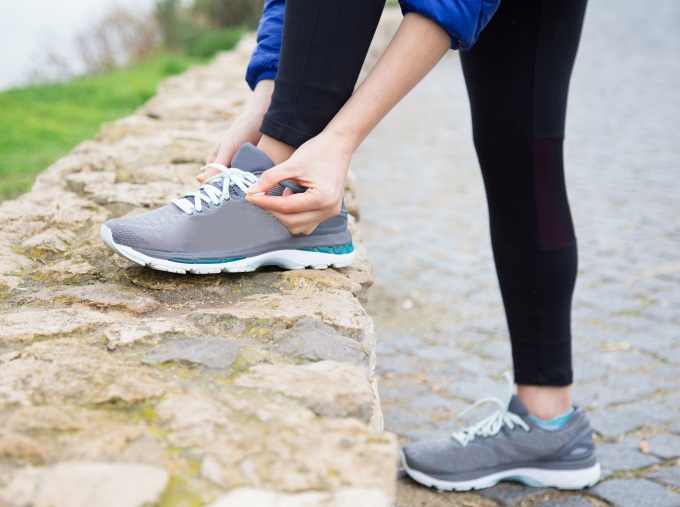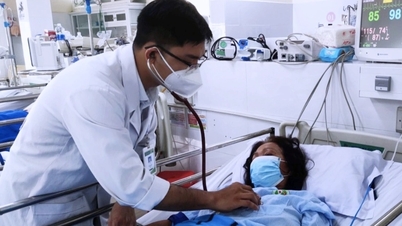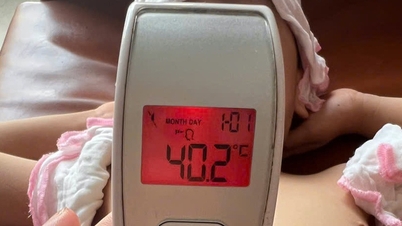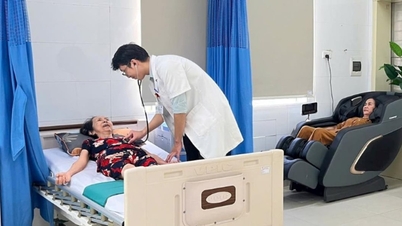Choosing shoes that are stable and comfortable will provide good support for your feet when running, especially for people with foot defects or diseases.
The right shoes are the first accessory a runner needs when pursuing this sport. The most important factor to consider when buying shoes is good fit, support and stability. According to sports medicine experts, it is best to buy shoes at the end of the day because the feet are almost swollen after exercise.
High stability shoes are often comfortable for people with flat or over-pronated feet, plantar fasciitis, or arthritis affecting the lower limbs. If you have normal arches and no foot or knee problems, you don’t need a shoe with extra support or stability.
The intensity of your activity is also a factor to consider when choosing shoes. For example, people who regularly run or run on rough terrain should buy shoes with a sturdy sole, such as trail running shoes.
Specialized athletic shoe websites often categorize shoes by support level, foot type, and specific activity. Runners can find the right shoe for their foot condition and running goals below.
Minimalist shoes
Minimalist shoes, also known as "barefoot shoes," have a thin sole with a uniform height from heel to toe. The shoes can be easily bent and have deep grooves in the sole. This design allows the midfoot and toes to bend more, making it suitable for people with toe pain.
Runners who like to experiment often choose minimalist shoes, which offer less support than traditional ones. These shoes can make the muscles in the foot and lower leg work harder to maintain stability and reduce impact on the ground. However, people with flat feet may not find minimalist shoes comfortable or problematic. If you are an active runner and want to try these shoes, you should gradually get used to them to avoid injury.

Choosing the right shoes will help you feel comfortable when running. Photo: Freepik
Shoes that support and control motion
For people with arthritis, tendonitis, and overpronation, motion control sneakers are a good choice. The midsole of these shoes is raised or arched with a hard plastic shell. This design can help separate the heel from the front of the shoe. The motion control gives the shoe more stability, helping to prevent overpronation.
Stability shoes
Stability shoes offer good support but offer less control over the movement of the foot than the above type. Stability shoes are suitable for feet that do not overpronate or require extra support. They are often chosen by runners who prefer a flexible shoe over a rigid sole.
Cushioned shoes
Cushioned shoes are suitable for people who like shock-absorbing shoes. They are less rigid and less controlling than other styles, which can bend halfway through the shoe. People with stiff feet and high arches often find them more comfortable. However, they are not a good choice for people with overpronation or foot or ankle instability.
Mr. Ngoc (According to Verywell Health )
Source link






![[Photo] Binh Trieu 1 Bridge has been completed, raised by 1.1m, and will open to traffic at the end of November.](https://vphoto.vietnam.vn/thumb/1200x675/vietnam/resource/IMAGE/2025/10/2/a6549e2a3b5848a1ba76a1ded6141fae)






























































































Comment (0)